Urban living comes with its share of challenges—traffic congestion, high costs, and the constant buzz of activity can sometimes leave city dwellers yearning for simpler surroundings. Yet certain American cities possess a special magic that rekindles appreciation for metropolitan life through thoughtful design, cultural vibrancy, and community-focused development.
These urban centers remind us why humans have gathered in cities for millennia: the energy, opportunity, and shared experiences they uniquely provide. Here is a list of 20 American cities that might just restore your faith in urban living. Each offers distinctive charms that showcase the best aspects of city life.
Portland, Oregon

Tree-lined streets connect walkable neighborhoods in this Pacific Northwest gem, where urban planning prioritizes people over vehicles. Locally owned boutiques and restaurants thrive in commercial districts that maintain distinct personalities, while the extensive light rail system makes car-free living genuinely practical.
The city’s commitment to sustainability manifests in urban farms, bicycle infrastructure, and green buildings that demonstrate how development and environmental consciousness can coexist.
Savannah, Georgia

Twenty-two historic squares create a rhythm of green space throughout this coastal city, where moss-draped oaks shade pedestrians strolling between Federal and Victorian buildings. The thoughtful 18th-century urban plan remains remarkably relevant today, creating walkable neighborhoods where daily necessities remain within easy reach.
Residents gather on stoops and porches in the evening, maintaining the community connections often lost in more recently developed cities.
Like Travel Pug’s content? Follow us on MSN.
Minneapolis, Minnesota

Winter-proof urban design connects downtown buildings via an extensive skyway system, while summer brings residents outdoors to enjoy the chain of lakes integrated throughout residential neighborhoods. The conversion of former flour mills into arts districts demonstrates thoughtful adaptive reuse, while the extensive park system ensures green space remains accessible throughout the metropolitan area.
The thriving theater scene rivals much larger cities, providing cultural richness alongside midwestern practicality.
Charleston, South Carolina
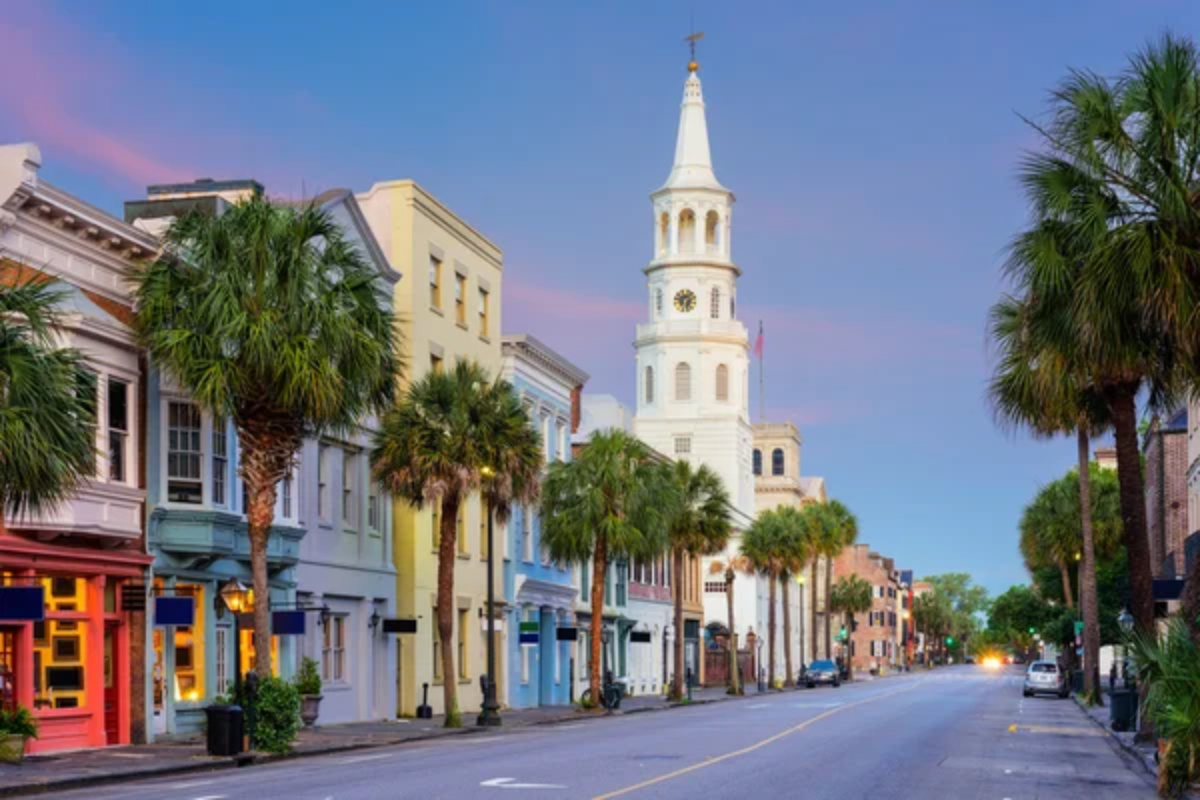
Pastel-colored historic homes line streets scaled for human interaction rather than automotive convenience in this coastal city where preservation and progress maintain a delicate balance. The peninsula design creates natural boundaries that contain sprawl while encouraging density that supports vibrant street life.
Local markets showcase regional cuisine while the arts scene blends traditional and contemporary influences into a distinctive cultural identity.
Denver, Colorado
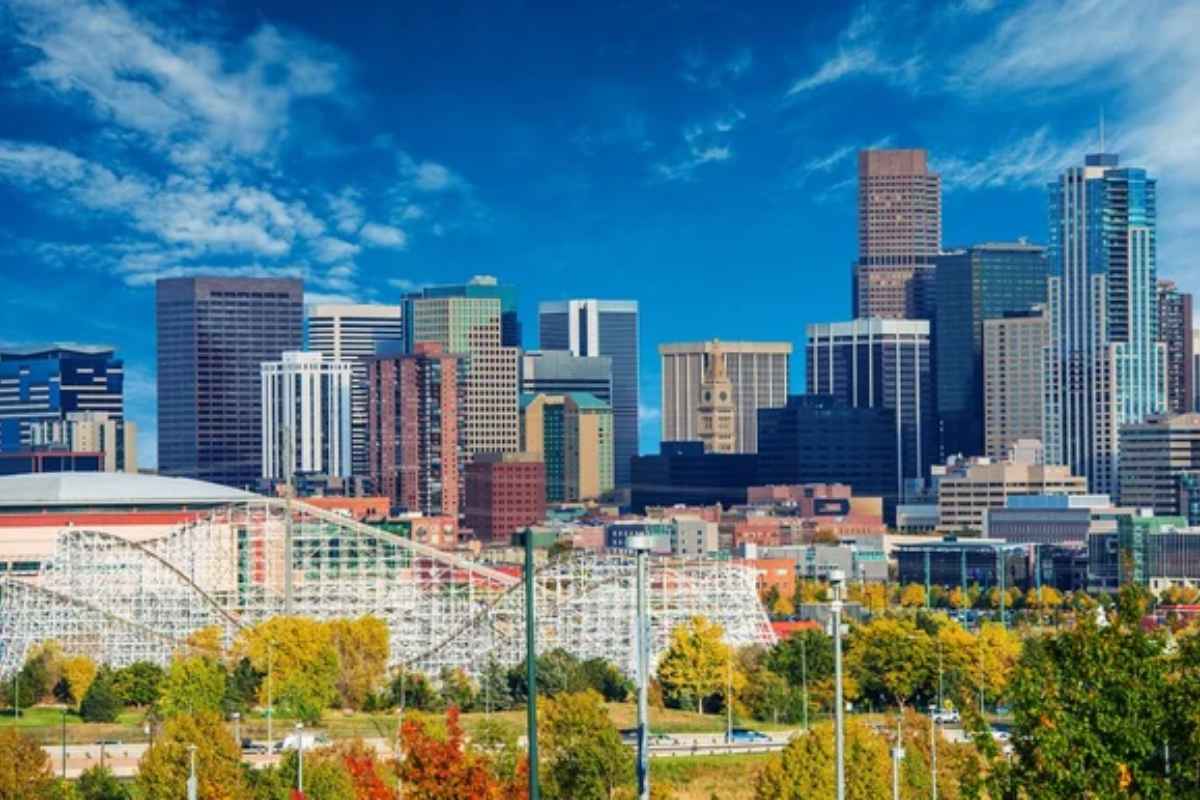
Mountain views frame urban experiences in this mile-high city, where outdoor adventure accessibility combines with metropolitan amenities. Revitalized warehouse districts now house arts venues and innovative dining concepts, while the extensive light rail system connects diverse neighborhoods to downtown.
The city demonstrates how rapid growth can incorporate thoughtful development through projects like the transformation of Union Station into a community hub rather than merely a transit center.
Like Travel Pug’s content? Follow us on MSN.
Pittsburgh, Pennsylvania

Three rivers converge at the heart of this reinvented steel town, where distinct neighborhoods maintain individual character across varied topography. Former industrial buildings now house tech companies and creative enterprises, while the compact downtown remains surprisingly walkable despite the challenging terrain.
The city showcases urban resilience through its transformation from industrial powerhouse to education and healthcare center without losing its working-class spirit.
New Orleans, Louisiana

Musical notes float through streets where architectural styles spanning three centuries create a visual rhythm as distinctive as the city’s soundscape. Neighborhood markets and corner stores foster community connections while streetcars trundle along oak-lined avenues connecting residential areas to commercial districts.
The city’s approach to preservation demonstrates how maintaining cultural heritage creates economic value through tourism while providing residents with authentic urban experiences impossible to replicate elsewhere.
Madison, Wisconsin
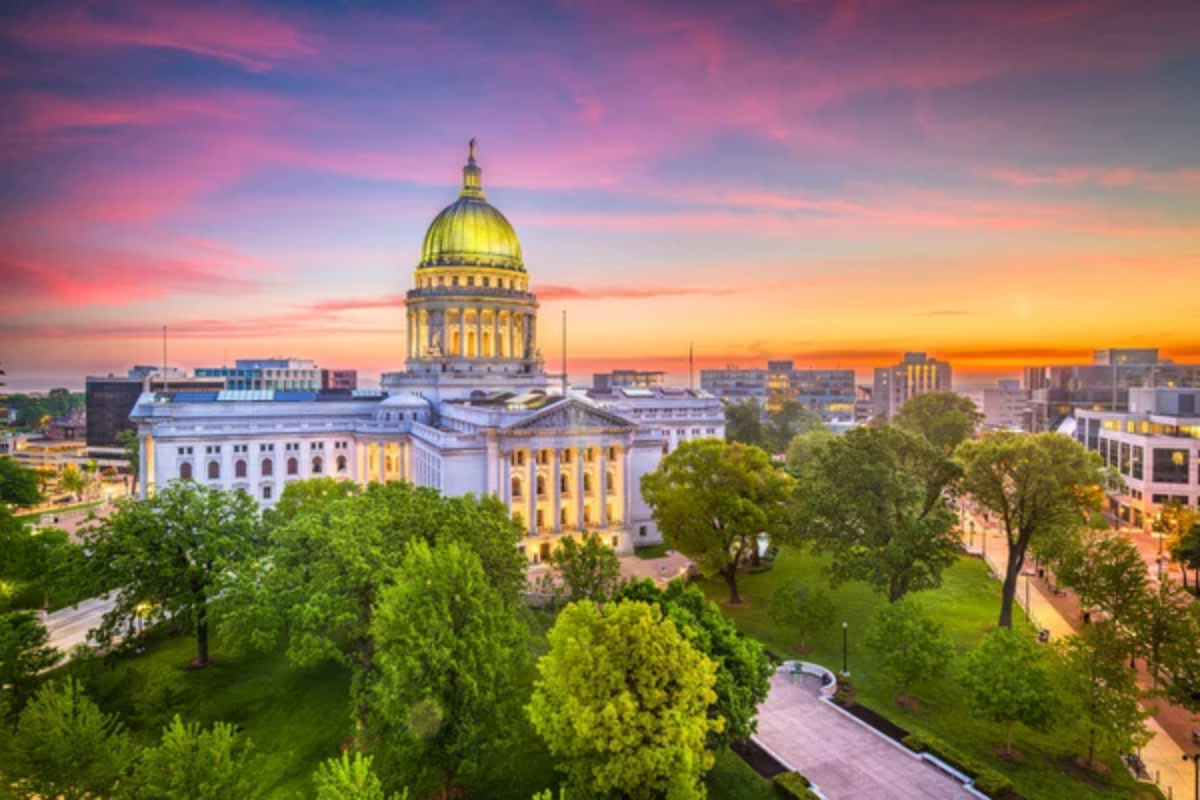
Built on an isthmus between two lakes, this capital city maintains a connection to nature within its urban fabric while fostering engagement through numerous public squares and markets. The university presence creates cultural richness while the state government provides employment stability that supports local businesses.
The city demonstrates how midsize urban areas can deliver metropolitan amenities while maintaining the community connections often associated with smaller towns.
Like Travel Pug’s content? Follow us on MSN.
Providence, Rhode Island
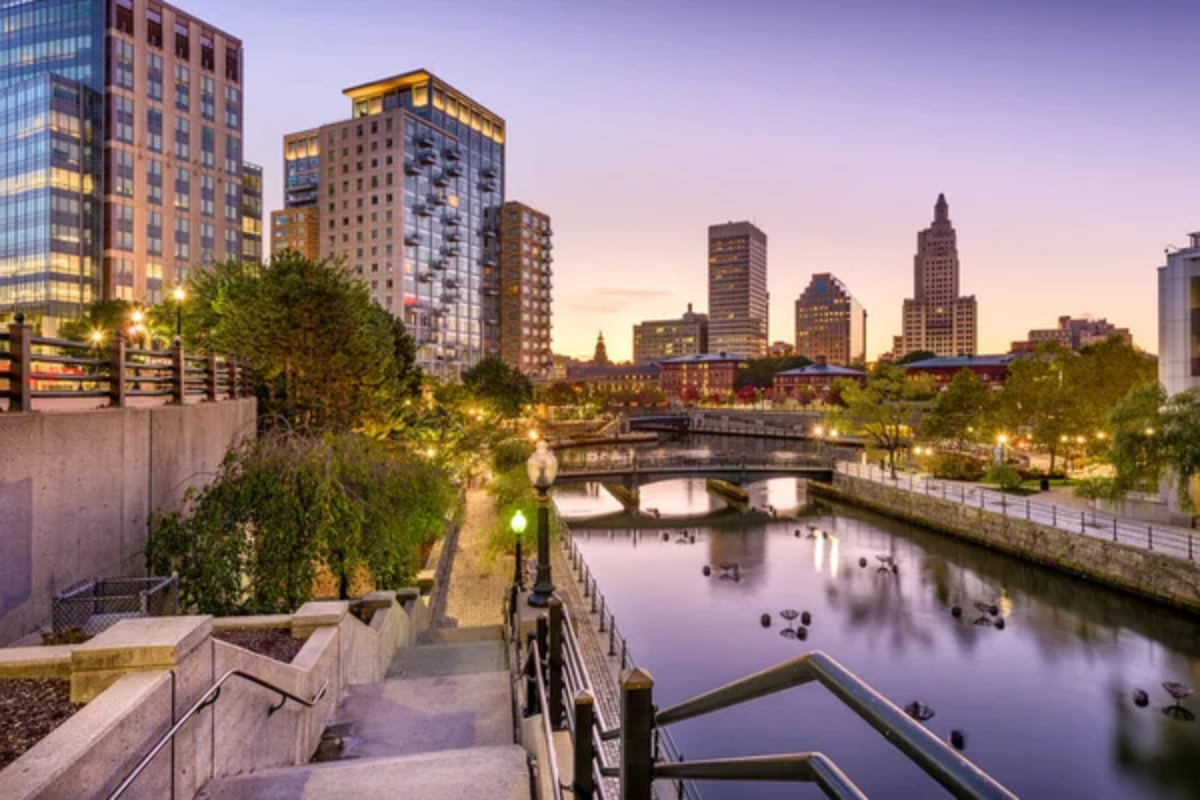
Renaissance in this compact New England city emerged through waterfront reclamation projects that created public spaces showcasing historic bridges and industrial architecture. The prestigious design school influences the city’s aesthetic, while the diverse population supports authentic international dining options rarely found in cities of similar size.
The walkable scale encourages exploration of distinct neighborhoods, each maintaining its individual character despite its proximity.
Asheville, North Carolina
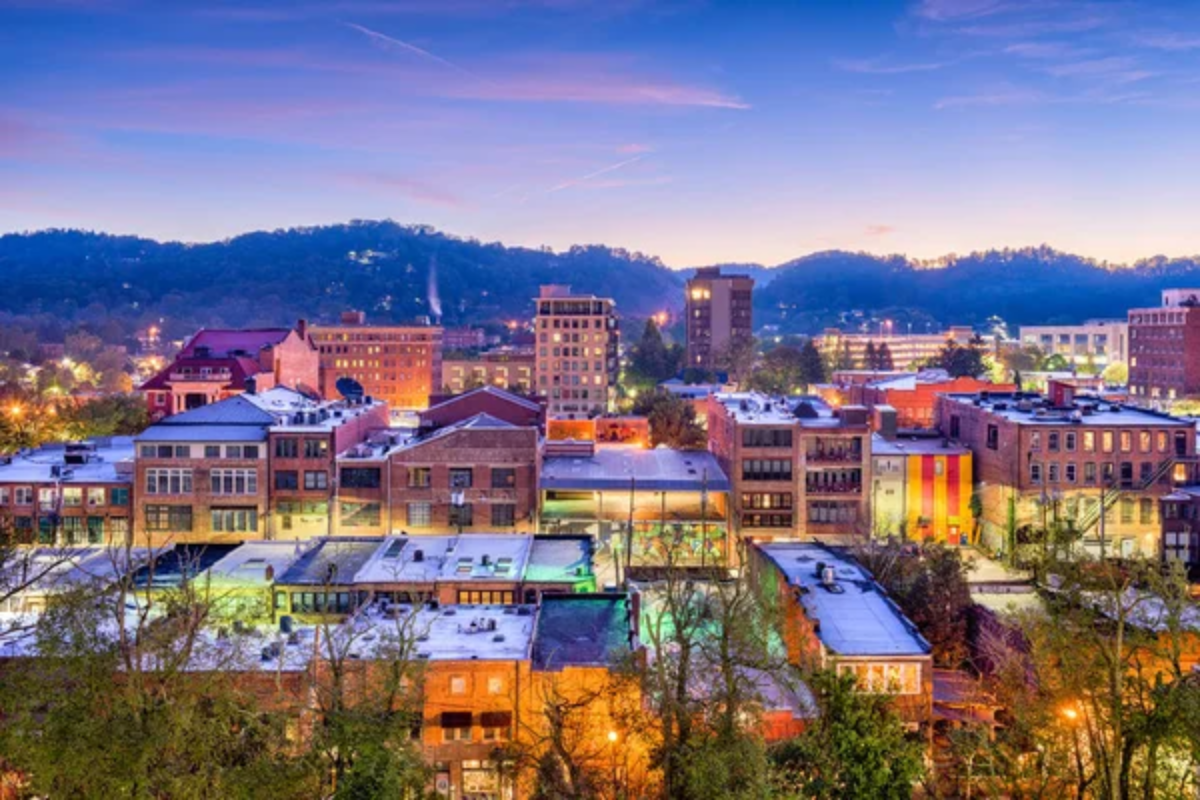
Mountain surroundings frame this arts-focused city, where architectural preservation combines with creative energy to create distinctive urban experiences. The compact downtown supports pedestrian exploration between Art Deco buildings housing galleries, farm-to-table restaurants, and craft breweries.
The city demonstrates how smaller urban areas can deliver cultural sophistication, often associated with much larger metropolitan centers, while maintaining accessibility to natural environments.
Ann Arbor, Michigan
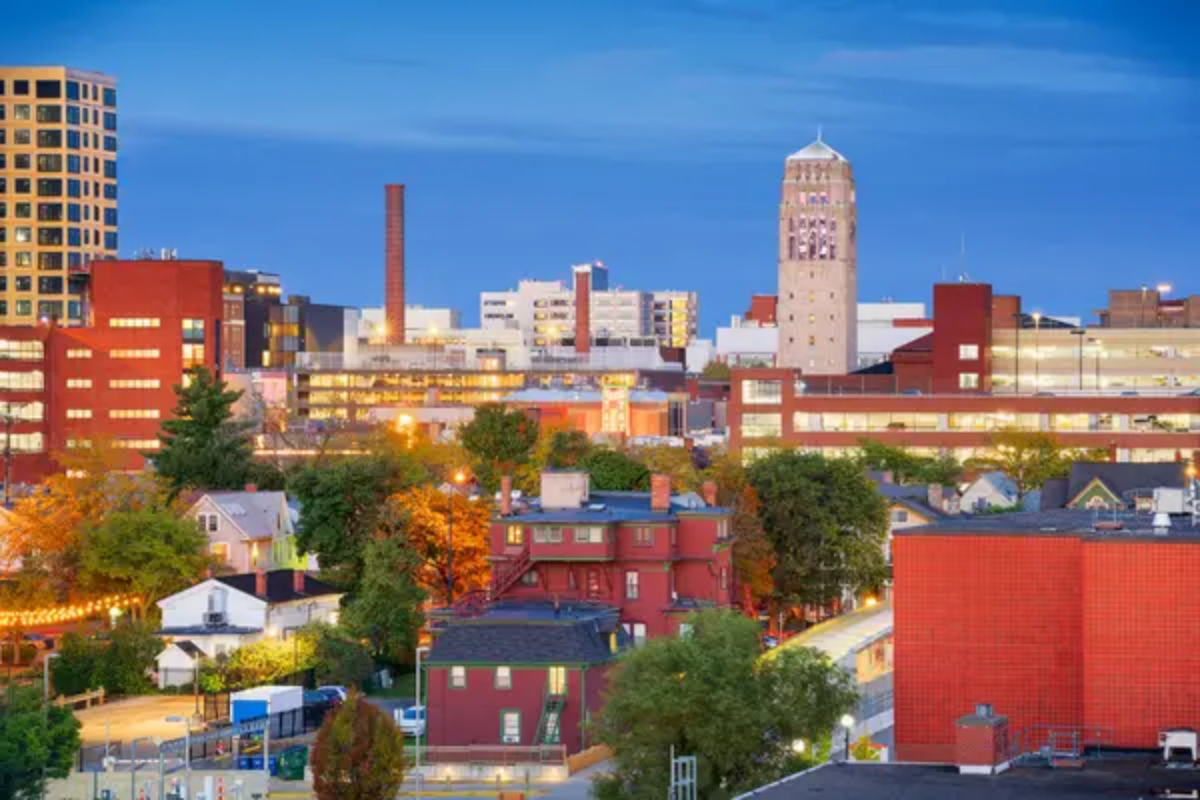
Tree canopies cover streets connecting the campus and downtown in this university city, where intellectual energy fuels a cultural scene typically found in much larger urban areas. Farmers markets and independent bookstores thrive as community gathering spaces while neighborhood associations maintain active involvement in development decisions.
The city demonstrates how educational institutions can positively shape urban environments through thoughtful integration with the existing community fabric.
Like Travel Pug’s content? Follow us on MSN.
Burlington, Vermont
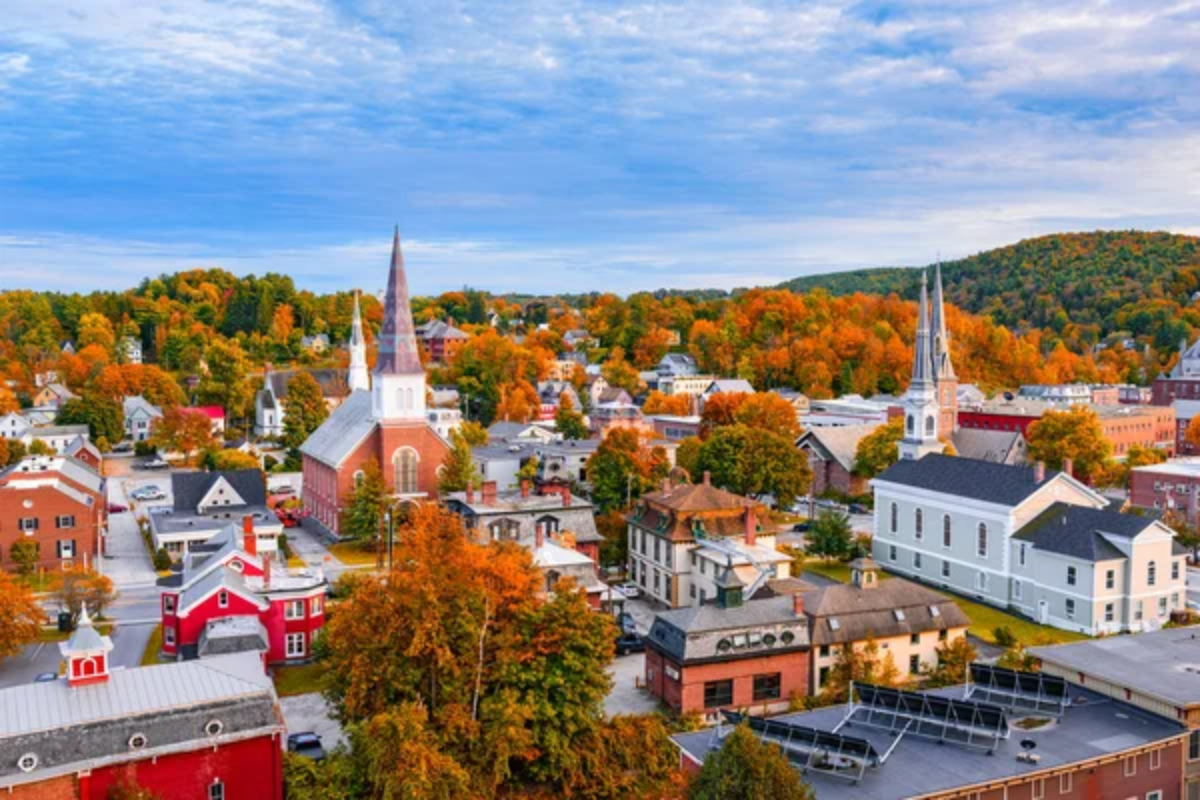
Lake Champlain provides the backdrop for this small city, where environmental consciousness shapes urban policy and daily life. The pedestrianized Church Street marketplace creates a community gathering space while nearby parks provide waterfront access within minutes of downtown.
The city demonstrates how progressive values can shape urban development through initiatives ranging from sustainable energy programs to inclusive housing policies.
Santa Fe, New Mexico
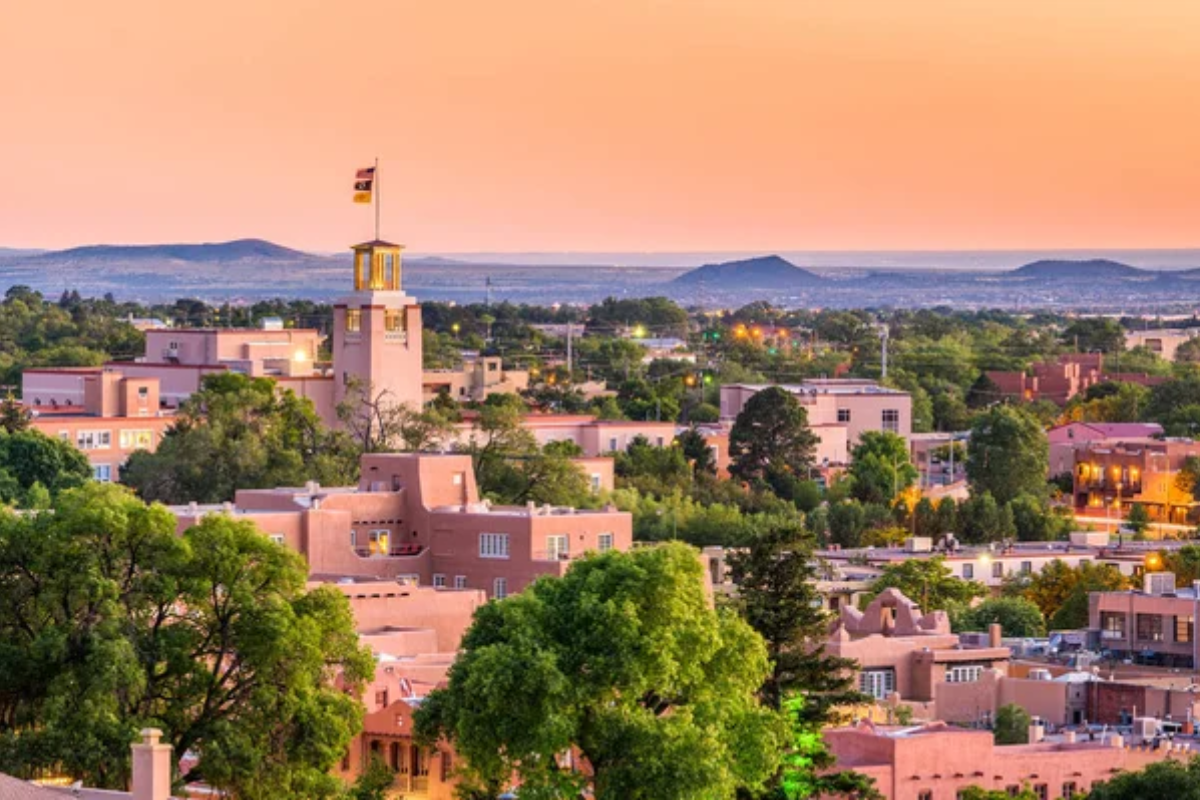
Adobe architecture creates visual harmony in this high-desert city, where cultural influences blend into a distinctive aesthetic unavailable elsewhere. The central plaza remains the heart of community life while surrounding streets house galleries, museums, and restaurants within walking distance.
The city demonstrates how architectural guidelines can create cohesive urban environments that honor cultural heritage while remaining vibrant rather than museum-like.
San Antonio, Texas
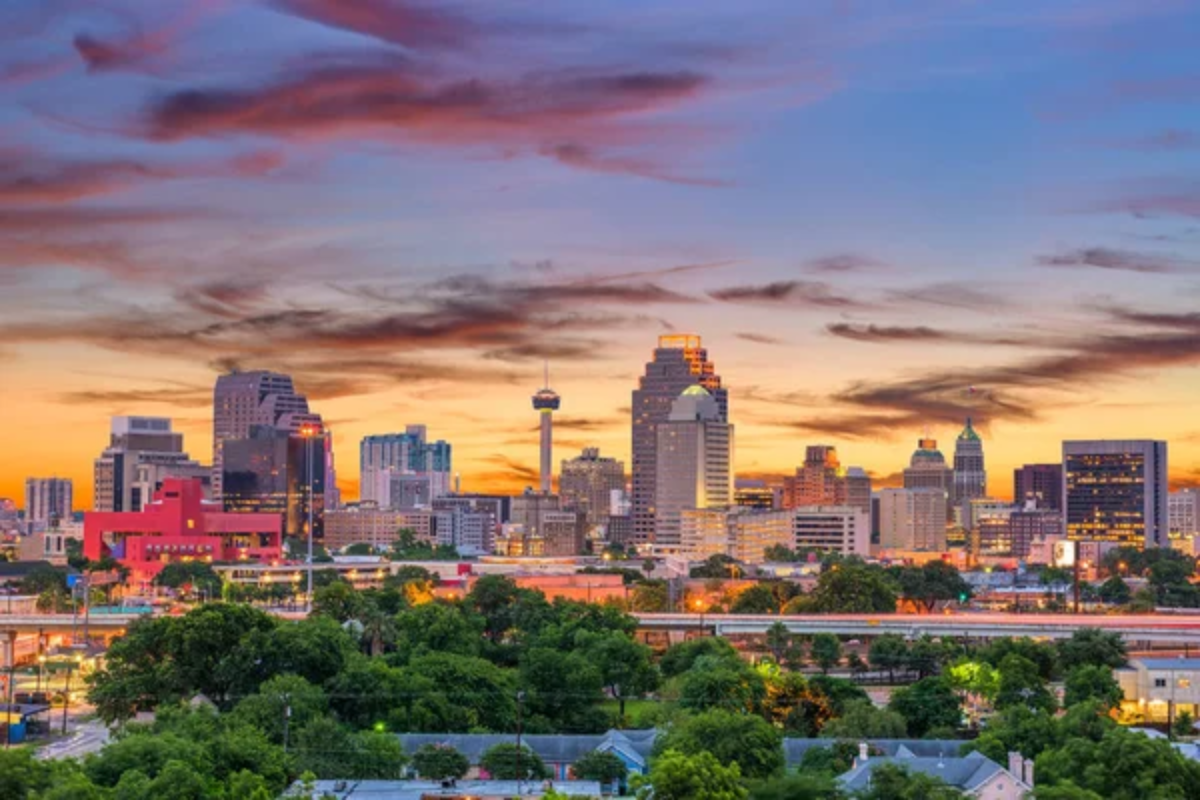
The famous Riverwalk transforms urban experience by creating a pedestrian level below street grade where restaurants and shops line waterways flowing through downtown. Hispanic culture infuses the city with distinctive food, art, and celebrations while historic missions provide architectural counterpoints to contemporary development.
The city demonstrates how embracing cultural heritage creates a distinctive urban identity that attracts both residents and visitors.
Like Travel Pug’s content? Follow us on MSN.
Chattanooga, Tennessee

Riverfront revitalization anchors this city’s renaissance. The pedestrian-only Walnut Street Bridge connects the vibrant North Shore district with the downtown core. Free electric shuttles move residents between attractions, while the extensive riverwalk system provides recreational opportunities integrated with urban development.
The city demonstrates how environmental cleanup and thoughtful redevelopment can transform a formerly industrial area into a livable community.
Bend, Oregon
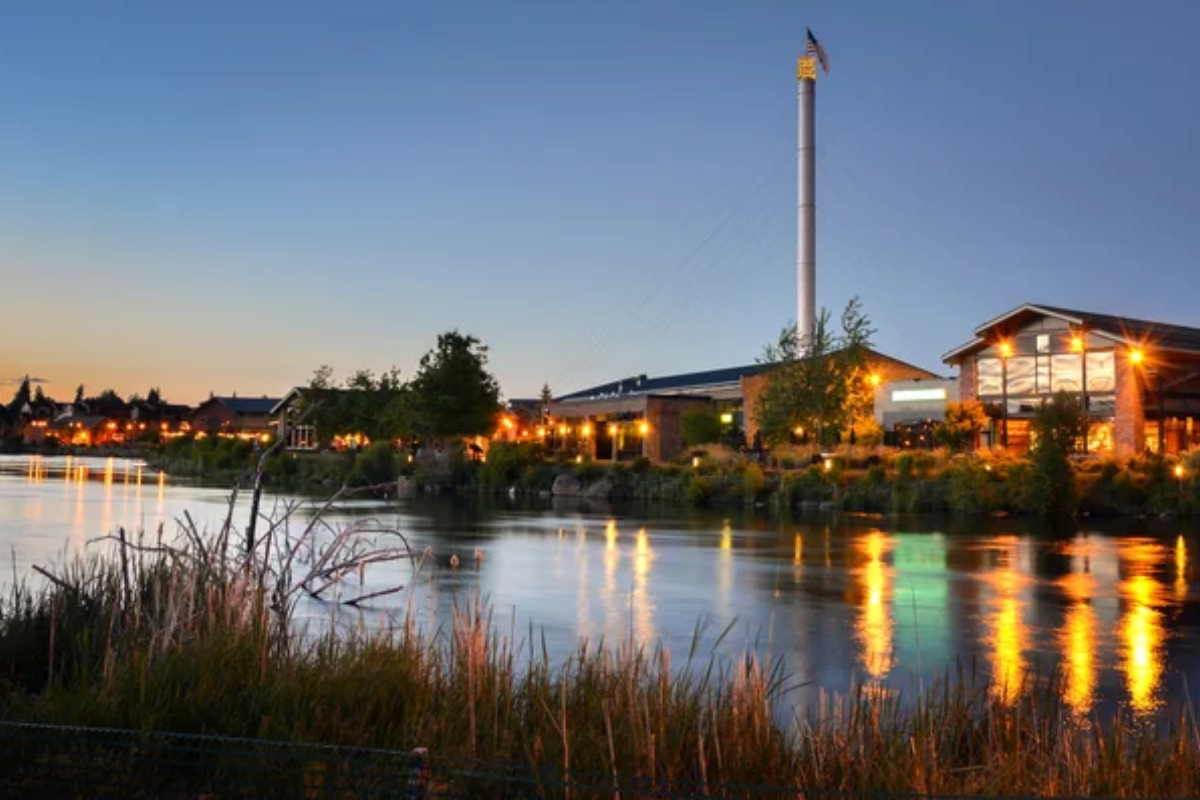
Mountain town sensibilities merge with urban amenities in this rapidly growing city, where outdoor recreation remains integrated with daily life. The revitalized downtown features restored historic buildings housing local businesses rather than national chains that might diminish the distinctive local character.
The city demonstrates how growth management can maintain quality of life through thoughtful policies regarding density, green space, and transportation planning.
Greenville, South Carolina
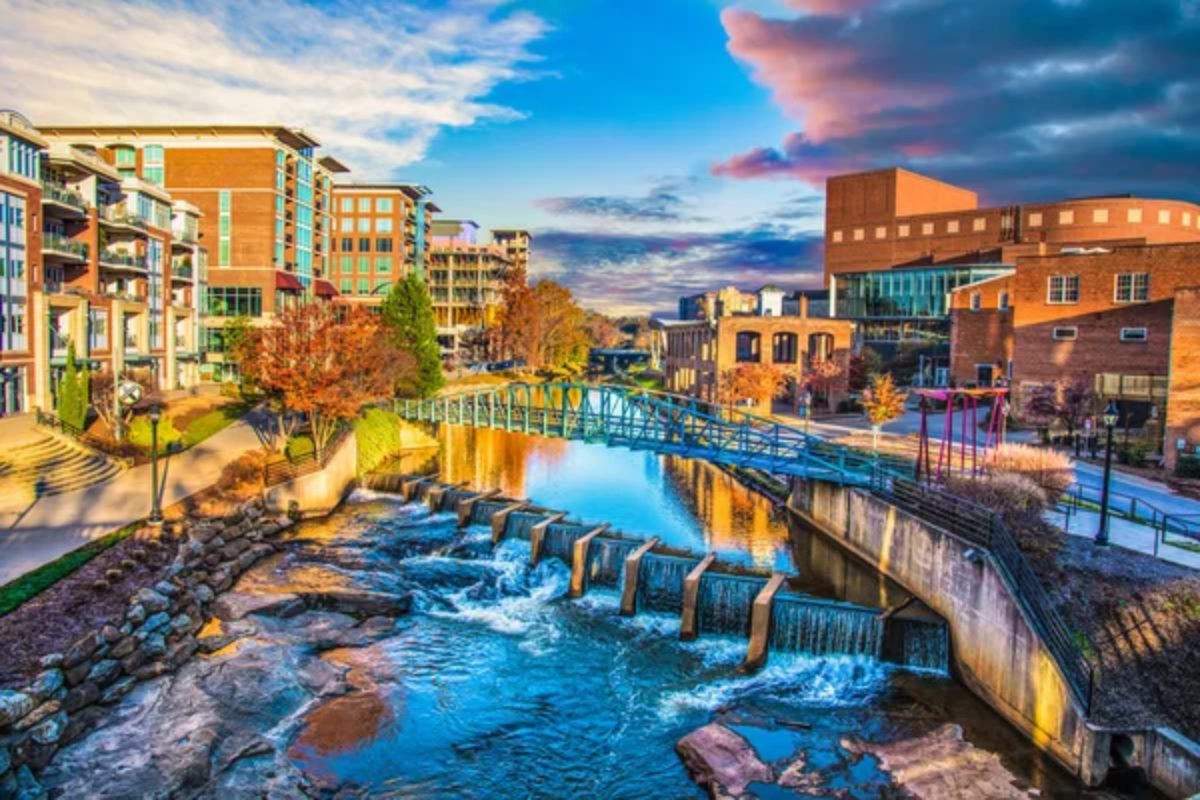
A spectacular waterfall remains accessible in the heart of downtown, where a formerly neglected river now anchors development that blends natural and built environments. Main Street’s transformation from a declining commercial district to a vibrant urban center demonstrates strategic planning around pedestrian experiences rather than vehicular convenience.
The city showcases how medium-sized urban areas can create distinctive identities through emphasis on public spaces and support for local businesses.
Like Travel Pug’s content? Follow us on MSN.
Portsmouth, New Hampshire
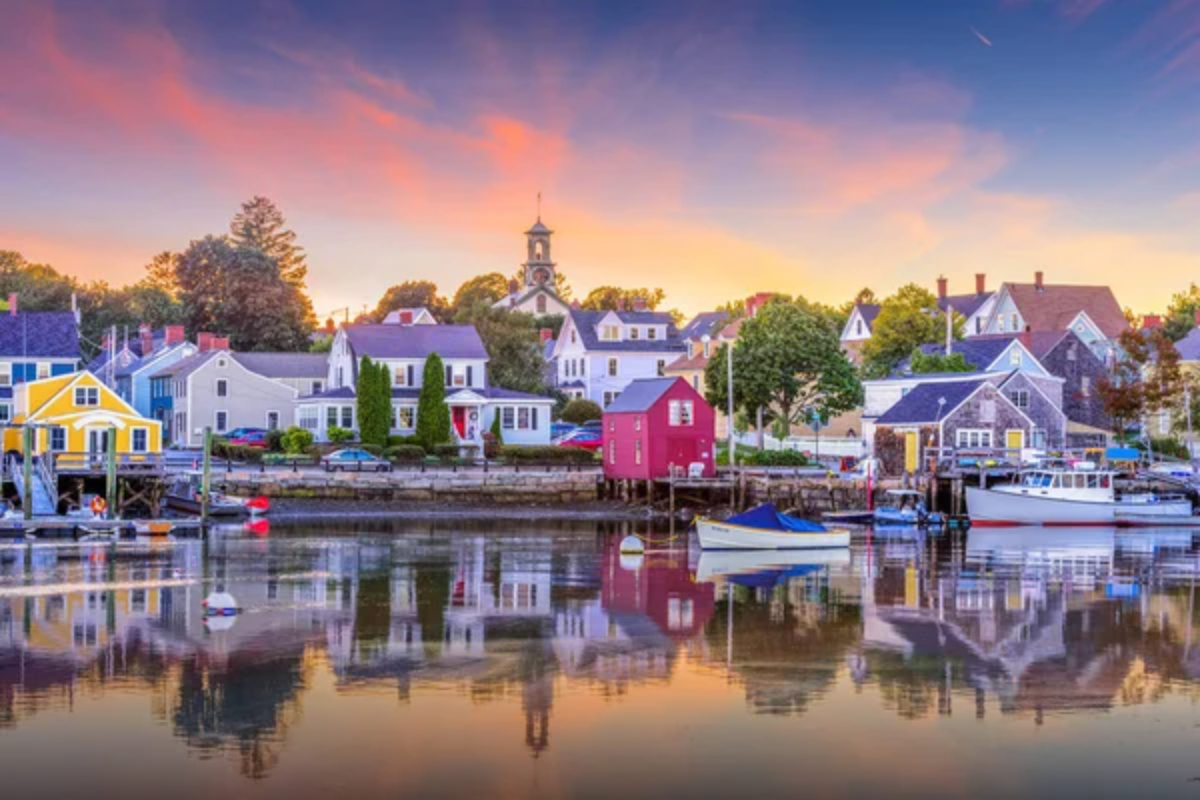
Colonial architecture creates a historic backdrop for contemporary urban life in this coastal city, where working waterfront areas coexist with residential neighborhoods. The walkable scale encourages exploration of distinct districts while water taxis connect harborside developments with downtown amenities.
The city demonstrates how maritime heritage can remain economically viable while contributing to urban character that attracts both residents and visitors.
Boise, Idaho

Mountain views frame this rapidly developing city, where extensive riverside greenways connect neighborhoods to downtown via pedestrian and bicycle paths. The Basque cultural district adds unexpected diversity to this intermountain urban center, while local policies prioritize the preservation of farmland surrounding the metropolitan area.
The city demonstrates how western urban areas can grow thoughtfully through emphasis on outdoor recreation infrastructure integrated with residential development.
Alexandria, Virginia
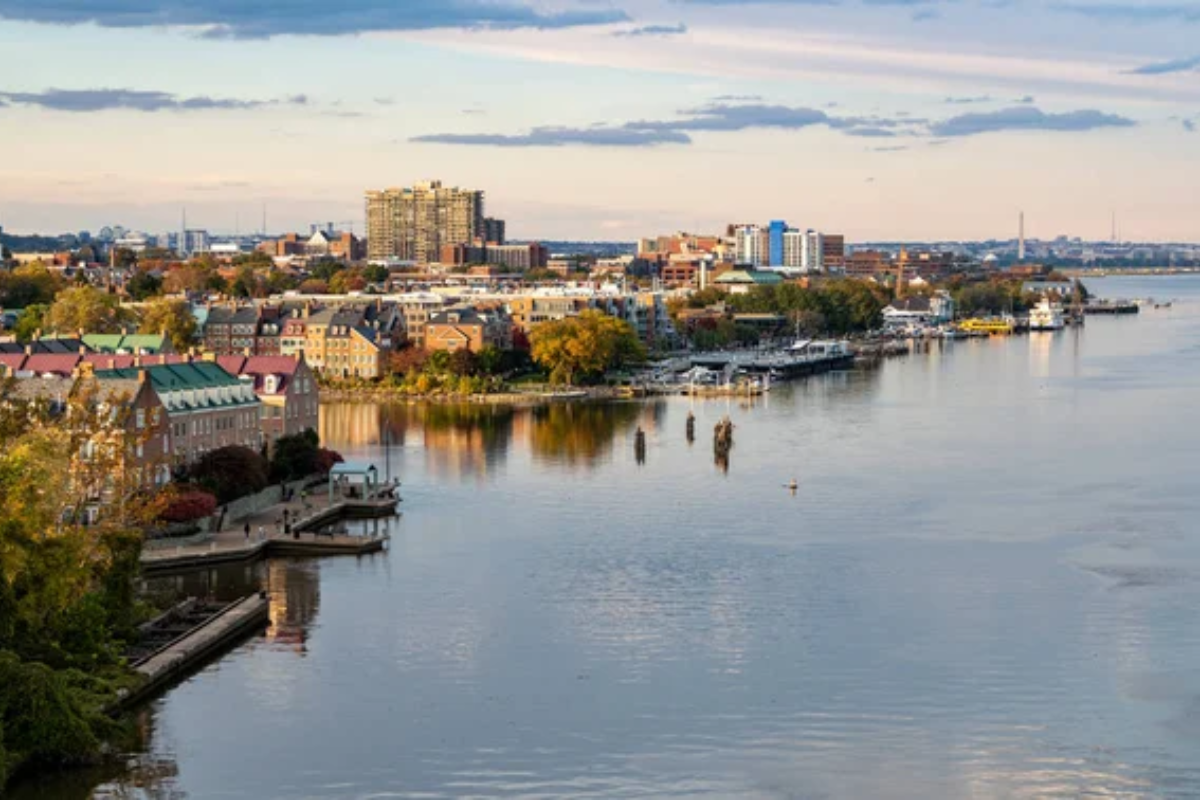
Historic preservation creates distinctive character in this Washington suburb where 18th-century buildings house contemporary businesses along the Potomac waterfront. The walkable design predates automotive transportation yet functions remarkably well for modern urban life, with neighborhood necessities remaining accessible without vehicles.
The city demonstrates how proximity to a major metropolitan area provides economic benefits while maintaining an independent identity through distinctive architectural character and local governance.
Like Travel Pug’s content? Follow us on MSN.
The Urban Renaissance
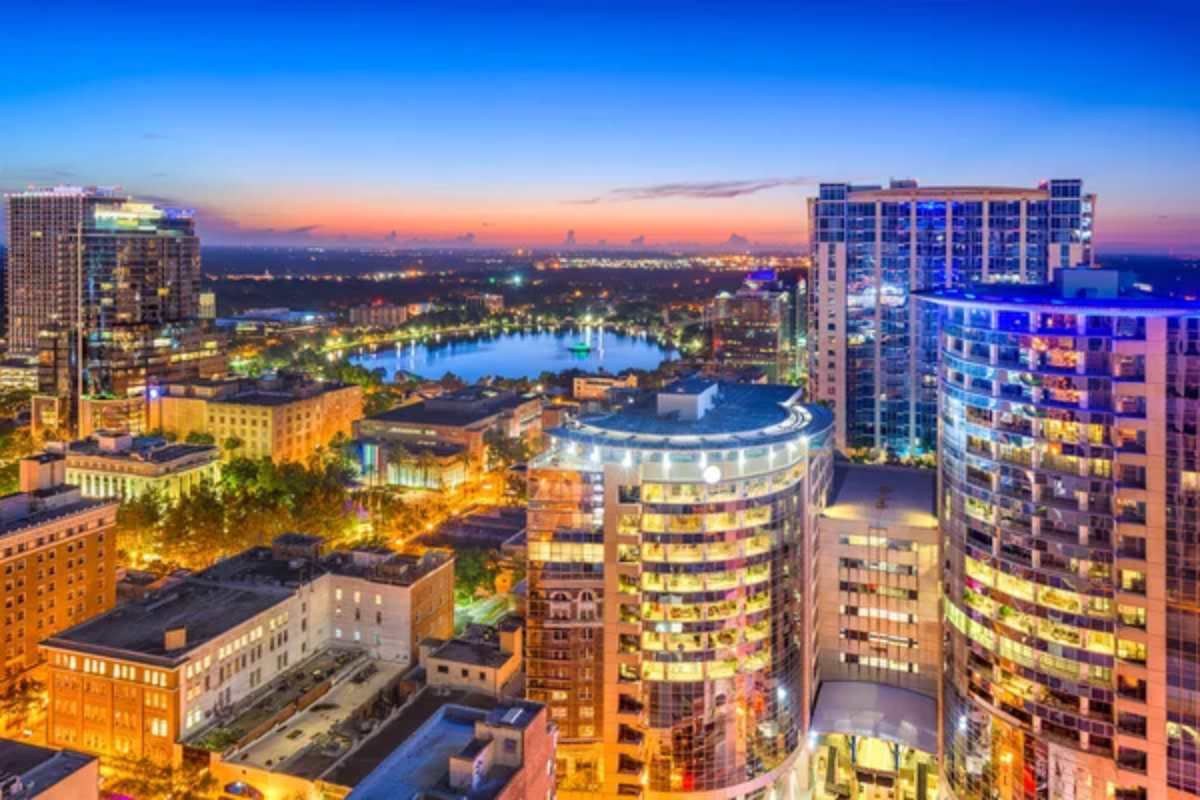
These cities remind us that thoughtful urban planning, cultural vibrancy, and community focus can create metropolitan environments where the benefits of density outweigh the challenges. The most livable cities incorporate natural elements, prioritize pedestrian experiences, and preserve distinctive local character while adapting to contemporary needs.
When urban environments balance efficiency with humanity, they fulfill their ancient purpose as centers of connection, creativity, and shared experience that enrich lives beyond mere convenience.
More from Travel Pug

- Cities Growing so Fast You Won’t Recognize Them in 10 Years
- 13 Destinations Where Tourists Regularly Regret Their Trip
- 20 Obscure WWII Sites Even History Buffs Don’t Know About
- 10 Under-the-Radar Mountain Towns That Are Both Affordable and Beautiful
- Remote Villages in Europe Where You Can Live for Free in Exchange for Work
Like Travel Pug’s content? Follow us on MSN.
